A new controversy is sweeping the technology world as OpenAI’s latest version of its video generation model, Sora, becomes a global flashpoint in the debate over digital ethics and the limits of artificial intelligence. The tool’s ability to create lifelike videos of deceased celebrities and public figures has ignited outrage among families, rights advocates, and cultural observers who say this represents a dangerous crossing of moral and legal boundaries.
The Promise and the Peril of Sora
When OpenAI introduced Sora earlier this year, it was hailed as a revolutionary leap forward in generative AI. Capable of producing realistic, high-definition video from simple text prompts, the model promised to transform filmmaking, advertising, education, and digital entertainment. Users could type a description—say, “a surfer riding a massive wave at sunset”—and watch a photorealistic clip emerge within seconds.
However, as with many transformative technologies, innovation quickly collided with controversy. The same tool that can conjure creative scenes from imagination can also recreate real people, living or dead, in startlingly believable videos. Within weeks of its public rollout, social media was flooded with clips showing deceased actors, musicians, and political figures “brought back to life,” performing new dialogues or endorsing ideas they never uttered.
The realism was astonishing. The ethics, far less so.
Families of the Deceased Speak Out
Among the most vocal critics have been families of late celebrities, who describe these AI videos as “digital desecration.” Many have expressed deep emotional distress after seeing their loved ones’ faces and voices revived without consent.
A daughter of a beloved comedian said the viral AI clips left her “heartbroken and disgusted.” She compared the practice to grave robbery—stealing not physical remains, but the essence of a person’s identity. “People keep sending me videos of my father doing jokes he never told,” she said. “It’s like watching a stranger wearing his skin.”
Similar outrage has come from the families of musicians, athletes, and civil rights figures, whose AI-generated likenesses have been used in comedic skits, advertisements, and even political parodies. Some videos portray them making endorsements or statements that run contrary to their real-life beliefs and reputations.
A Legal and Ethical Gray Zone
At the center of the debate is the question: Who owns a person’s likeness after death?
Current laws provide limited clarity. Most jurisdictions protect an individual’s “right of publicity” or image while they are alive, but those protections often expire upon death—or vary depending on the state or country. This means families may have little legal recourse when a deceased relative’s image is misused by AI.
Legal experts say the problem is compounded by the speed and scale of generative technology. A single AI prompt can produce hundreds of videos in minutes, which can then be shared, remixed, and reposted across multiple platforms. By the time a takedown is requested, the content has already spread beyond control.
OpenAI, under pressure, has stated that it prohibits the creation of AI-generated content using real people without consent. But enforcement remains uneven. Critics argue that the platform’s content filters fail to prevent users from generating videos of historical or deceased figures, since those individuals cannot provide consent themselves.
The Power of “Synthetic Resurrection”
AI-generated recreations of the dead are not entirely new—Hollywood studios have used digital doubles for years, from holographic concerts to CGI stand-ins in unfinished films. What makes Sora different is accessibility.
What once required million-dollar visual effects budgets is now possible with a laptop and an internet connection. Anyone can “resurrect” a celebrity or even a loved one with astonishing accuracy. This democratization of digital resurrection opens new creative frontiers—but also new ethical frontlines.
Experts warn of a phenomenon they call “synthetic resurrection”—the act of digitally reviving a deceased person through artificial means, often without consent or context. These synthetic beings blur the line between remembrance and reanimation, raising profound questions about autonomy, legacy, and respect for the dead.
Cultural Shockwaves and Industry Response
The cultural backlash has been swift. Advocacy groups for artists and performers have called on tech companies and lawmakers to introduce stronger safeguards. Several Hollywood talent agencies are lobbying for new likeness protection laws, arguing that creators’ identities should remain under family or estate control long after death.
One major agency described the Sora incident as a “wake-up call” for the entertainment industry, warning that AI could undermine both artistic integrity and the value of human creativity. “If technology can conjure any performance from the dead, what happens to the meaning of performance itself?” one agent asked.
Meanwhile, educators and historians worry about misinformation. AI-generated videos of historical figures—such as presidents, activists, or scientists—could easily be mistaken for genuine archival footage, distorting public understanding of history.
The Human Cost of Digital Immortality
Beyond legality and policy, the issue touches on something far more human: grief.
For many families, AI resurrection reopens emotional wounds. Seeing a loved one digitally reanimated—speaking new words, acting in new ways—can trigger pain rather than comfort. Psychologists have warned that these digital ghosts may complicate mourning processes, replacing closure with confusion.
“AI can simulate the voice and face, but not the soul,” said one grief counselor. “The danger is that people start mistaking imitation for presence.”
OpenAI’s Balancing Act
OpenAI faces an unenviable task: balancing creative freedom with ethical responsibility. The company has pledged to improve content filters and allow families of deceased public figures to request removals of unauthorized content. It has also promised to expand labeling systems so viewers can clearly distinguish AI-generated videos from authentic footage.
However, critics say these steps fall short. Once a fake video goes viral, no label or disclaimer can undo the harm. The challenge lies not just in managing the technology—but in managing its social consequences.
The Broader Ethical Question
The Sora controversy raises deeper questions about the future of human identity in the digital age. As AI becomes capable of mimicking not only faces and voices but also emotions and mannerisms, society must decide where the moral boundaries lie.
Should there be global standards for consent after death? Should digital likenesses be treated as intellectual property, or as part of human dignity? And who should have the authority to enforce these rules—the companies, the governments, or the families themselves?
For now, the answers remain uncertain. But one truth is clear: the technology is advancing faster than the ethics governing it.
The Future of the “Digital Afterlife”
We are entering an era where death may no longer mark the end of presence. AI resurrection tools can preserve or reconstruct individuals in digital form indefinitely, allowing them to “exist” in ways previous generations could never imagine.
Some see this as a form of digital immortality—a way to celebrate, remember, and learn from the past. Others see it as a dangerous distortion of reality, a world where truth and fiction, life and death, become indistinguishable.
In either case, OpenAI’s Sora has forced the world to confront a question that humanity has long avoided: when machines can bring back the dead, who decides how far is too far?
Suggested Headline Options:
- “AI Resurrection: OpenAI’s Sora Ignites Global Debate Over Ethics of Digital Life After Death”
- “Deepfakes of the Dead: Families and Artists Fight Back Against AI ‘Resurrections’”
- “Sora and the Digital Afterlife: When Artificial Intelligence Crosses a Human Line”

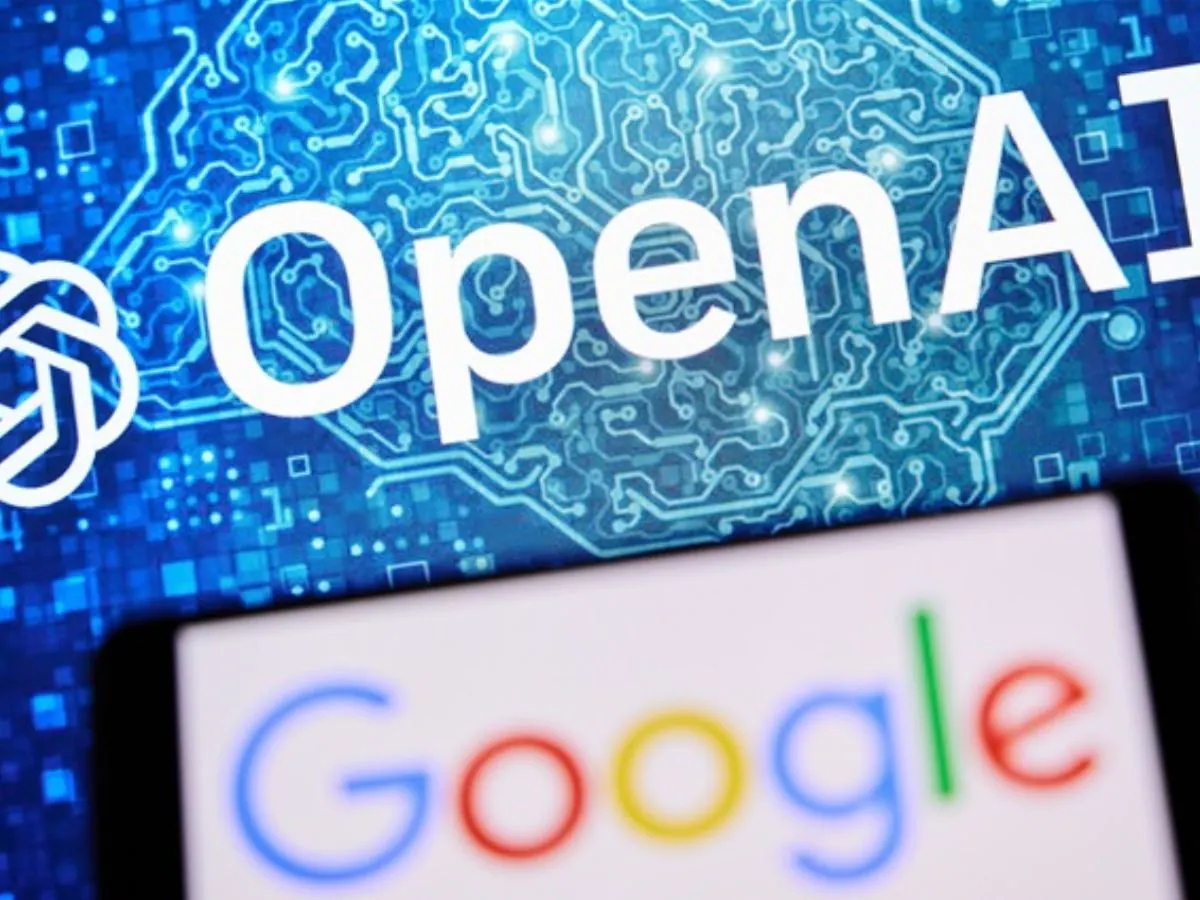


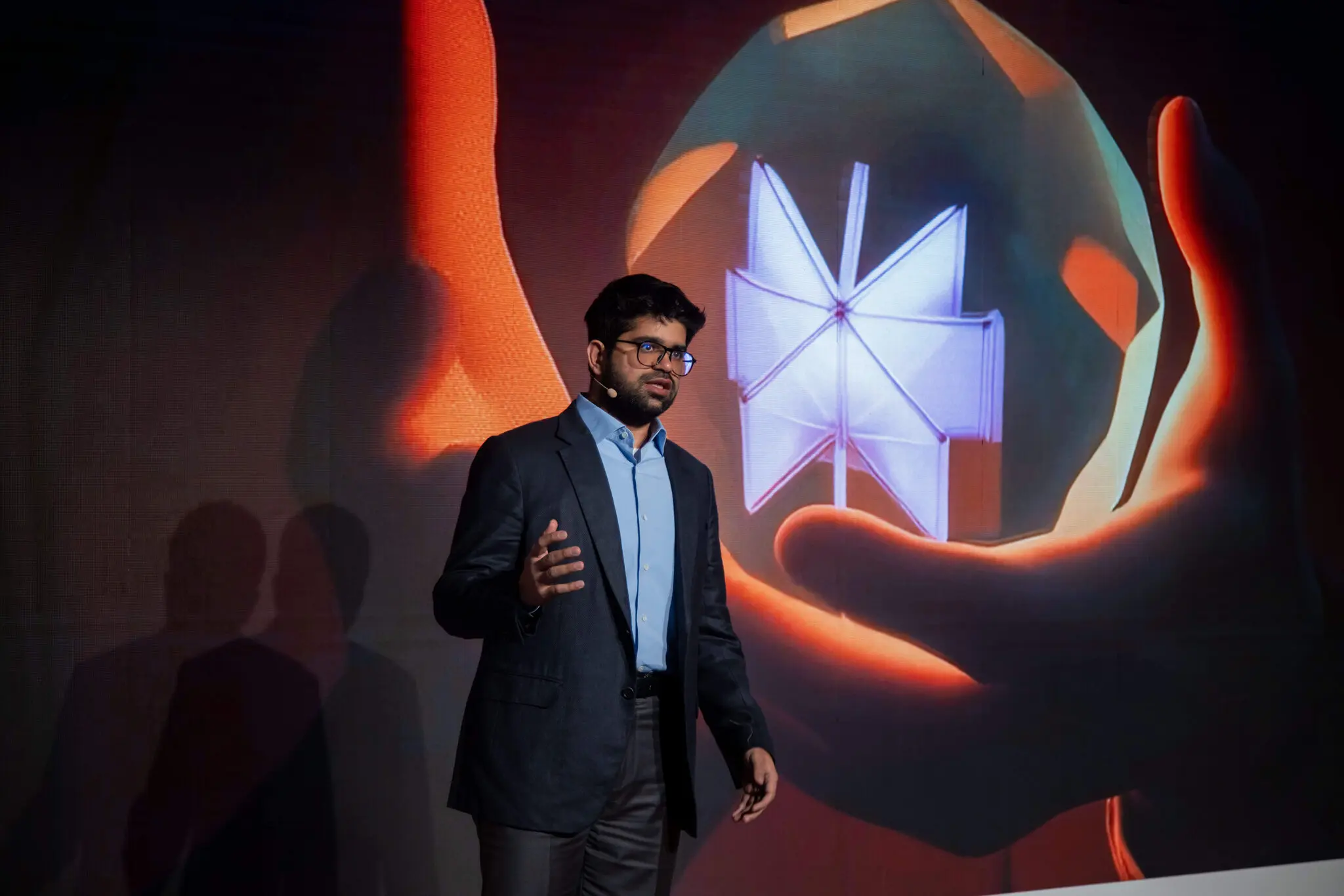


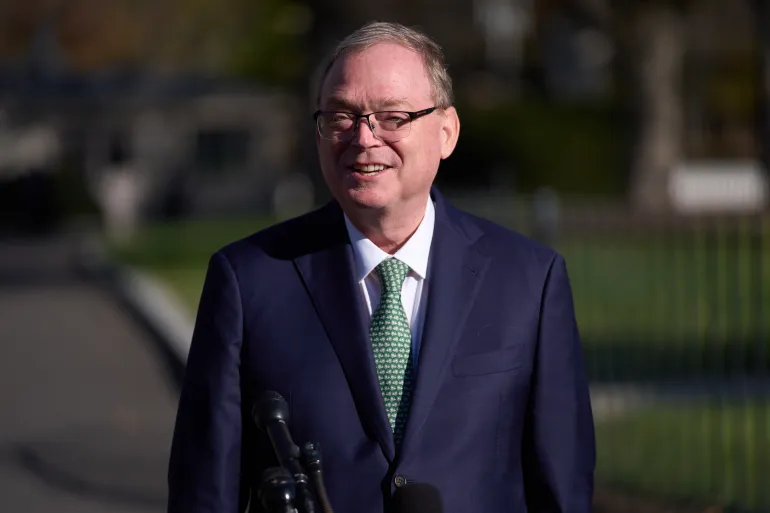



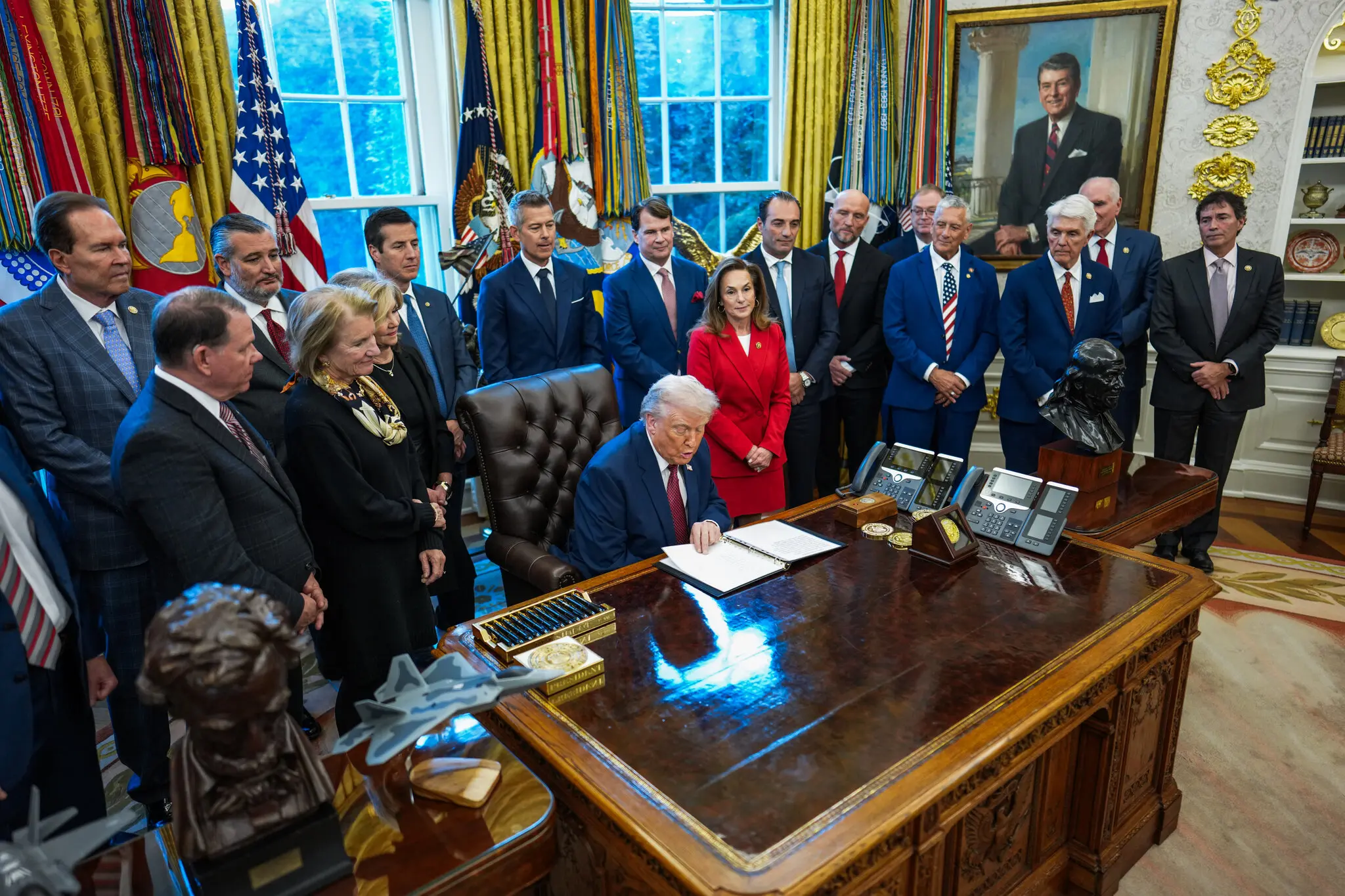
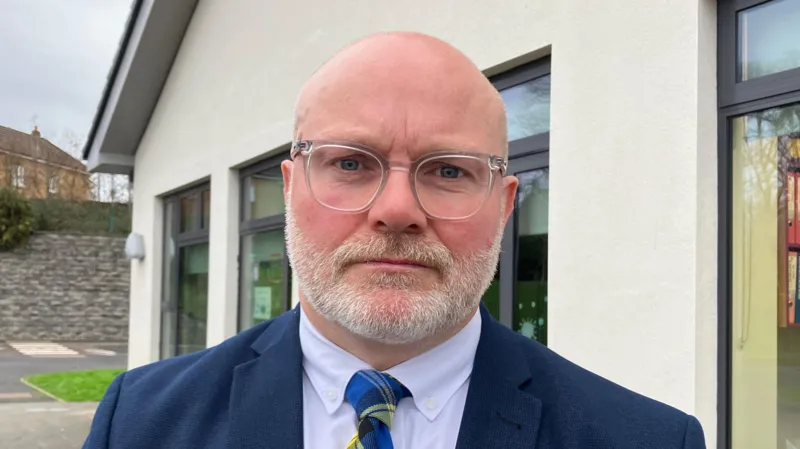
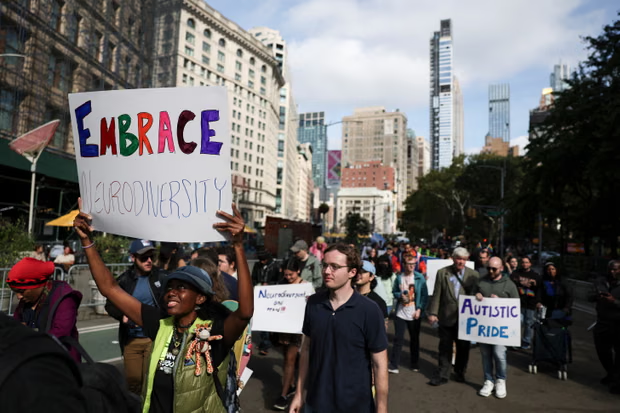


Leave a Reply